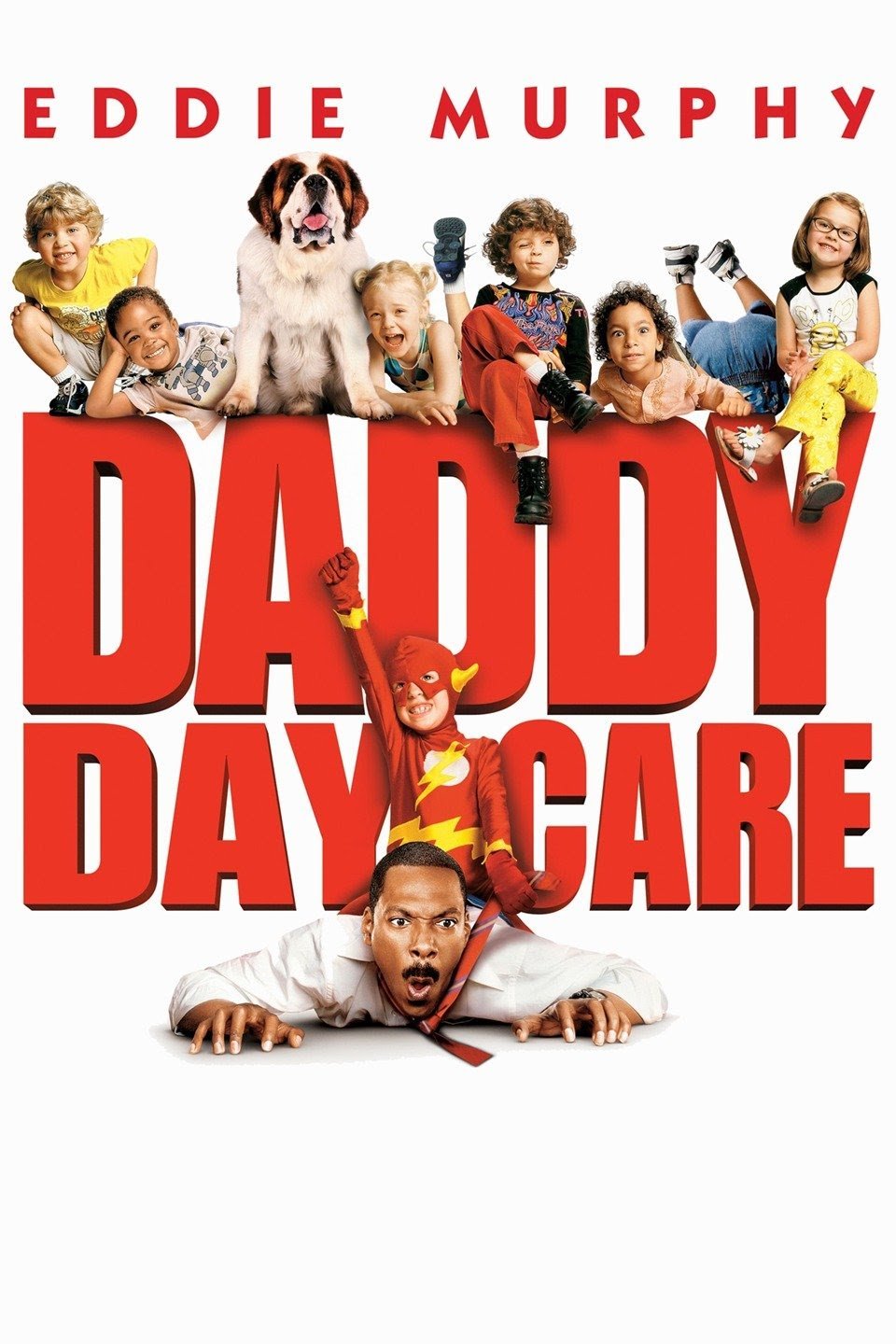Increase Male Representation in Early Childhood Education
How can we promote equity and inclusion to increase the number of men that join the field of early childhood education? An exhaustive integrative literature review was conducted to explore how the successful diversification of other professions could provide lessons and insight into how we can recruit men into the field of early childhood education.
Having BOTH Female and Male involvement in a child’s life has been shown to reduce behavioral issues, and increase educational achievement;
this is true across socioeconomic statuses and racial/ethnic backgrounds
Why Does it Matter?
Diverse teams are more productive
There is a shortage of childcare workers; Women make up 44% of the workforce but 96.8% of preschool teachers.
Engaging men is engaging over half the labor force to address the shortage of childcare workers.
2018 survey by the Center for American Progress: mothers are 40% more likely than fathers to feel negative impacts on their careers due to childcare issues.
Addressing the childcare shortage address a fundamental feminist issue, giving women childcare access creates greater equity.
Nursing has seen an increase in male representation,
Engineering professions have seen an increase in female representation
Current Perception of Male Caregivers
The Literature
Student - Teacher Congruence refers to the shared traits between students and their teachers. This includes, but is not limited to, race, ethnicity, gender, and values.
-
The values congruence between students and their teachers may influence students’ learning performance.
-
Students who identified as Black demonstrated higher rates of engagement, although no difference in achievement, within lessons taught by a same-race remote instructor. Representation is associated with increased student engagement.
-
Across the full sample, there is little evidence of an effect of having a same-sex or a same-race teacher on expectations or recommendations. However, I find surprisingly large effects for Black students on teacher expectations. For these students, the effect of a same-race teacher on teacher expectations to complete more than high school is between 11 and 17 percentage points. This effect is at least 70% of the White–Black race gap in teacher expectations.
-
Significant effect on reading scores.
-
A mismatch between the race of the student and the teacher adversely affects the performance in standardized testing among black students.
-
Meaningful effects for Black students in both reading and math is observed, race-matched students in the bottom-most preparedness quartile in math, and race-matched students assigned to teachers in the middle two teacher performance quartiles in math. Findings support policy efforts to diversify the educator labor force.
-
Female teachers with female principals work more overtime hours than with male principals, and work more overtime hours than their male coworkers with the same female principal.
Increase Gender Representation in Nursing and Historically Male-Dominated Professions
-
Creating a sense of community within nursing to attract other male nurses. Effective training for female instructional staff on how men express caring language and how they self-reflect differently than women.
-
Empirical study wherein male representation in nursing was show in a positive light and intertwined into an existing career advisory course curriculum. Results showed a statistically significant improvement in male perception of nursing.
-
Women in college STEM majors did not influence recruitment but did increase retention of women. Other retention successes included opportunities for women to live and work together in their first year of a college STEM program.
-
Emphasis on support and empathy when onboarding women in a STEM profession to prevent feelings of isolation or unnecessary competition with other underrepresented demographics (such as other women) on the team.
-
IWITTS’ CalWomenTech Project provided two-year colleges with recruitment strategies and training. Early in the Project, City College of San Francisco's Computer Networking and Information Technology (CNIT) program reached its highest percentage of female students, from a baseline of 18.1% to 30.1% (an increase of 12%). This initial success was repeated in spring 2010 when the average number of women enrolled went to 33.2%—an increase of 15%
-
Rosie the Riveter Campaign, featured in promotional films and awareness efforts. Between 1940 and 1944, the number of women in the workplace increased by 57% to 20 million, though not all of these women worked in factories.
Recommendations
-
Less than half the Early Learning Coalitions in Florida have an active job board, and many who have a job board do not fully utilize it. This would be a major step in helping men and women find work in childcare.
-
The most successful campaigns in recruiting underrepresented individuals to a field include a mentor from the same demographic, seeing other folks of similar demographics in the field, and being introduced to the field through creative means.
Early Childhood Recreation is a program being piloted by Ability to Include that will involve men in high school and college in early education training through sports and games that promote social skills, literacy, math, and other developmental domains.
Partnering with organizations in our community to introduce young men to the potentiality of a career in education or early education would likely yield positive results similar to those seen in nursing and other female dominated professions that have seen an increase in male representation.
-
Our community should make concerted efforts to educating men on the existing college scholarships available to those interested in teaching, should they work in a preschool during their schooling or go into a similar field.
Fewer and fewer men are attending college, with the gender disparity worse today than it was in 1972 when Title IX was passed. With financial aid opportunities attached to positions in early childhood education, it could attract more men to both college and early childhood education; a worthwhile endeavor even if they later move on to education in higher grade levels.










